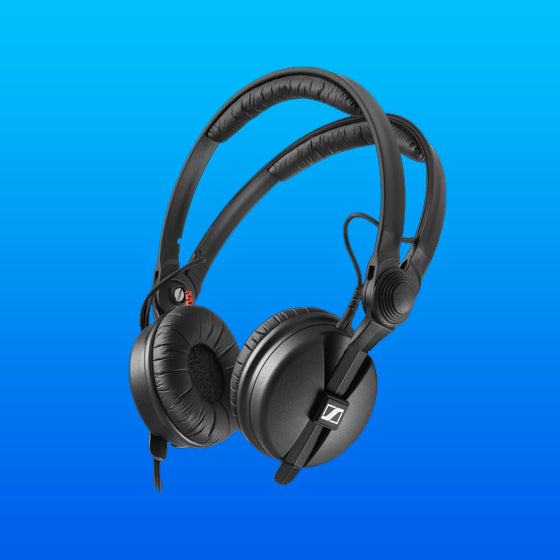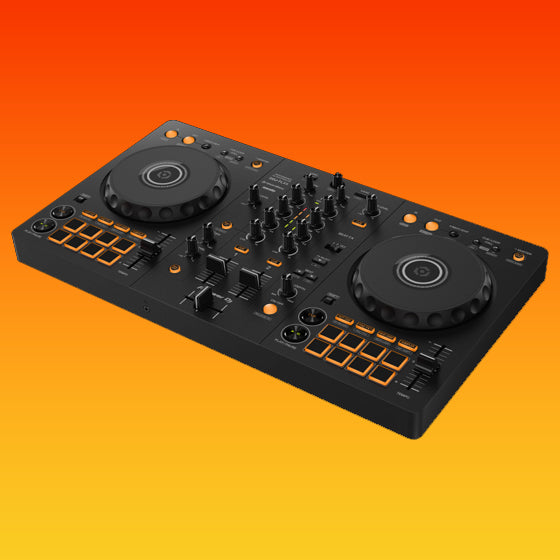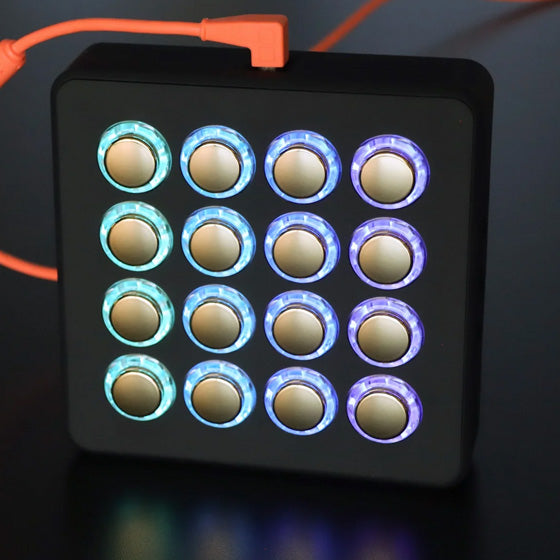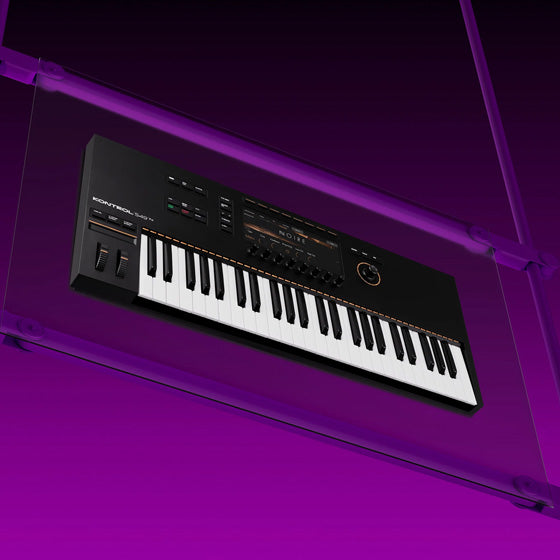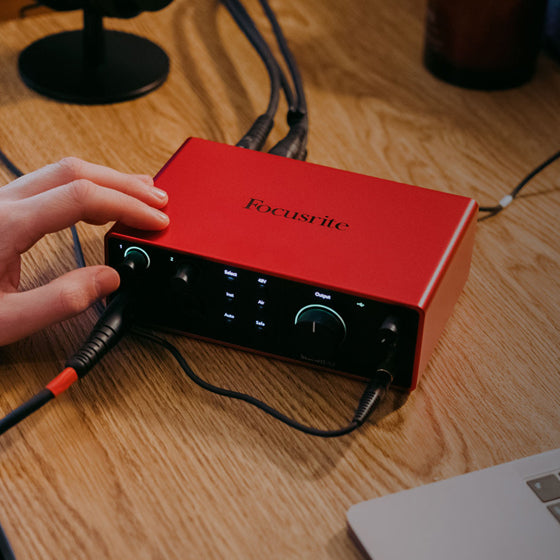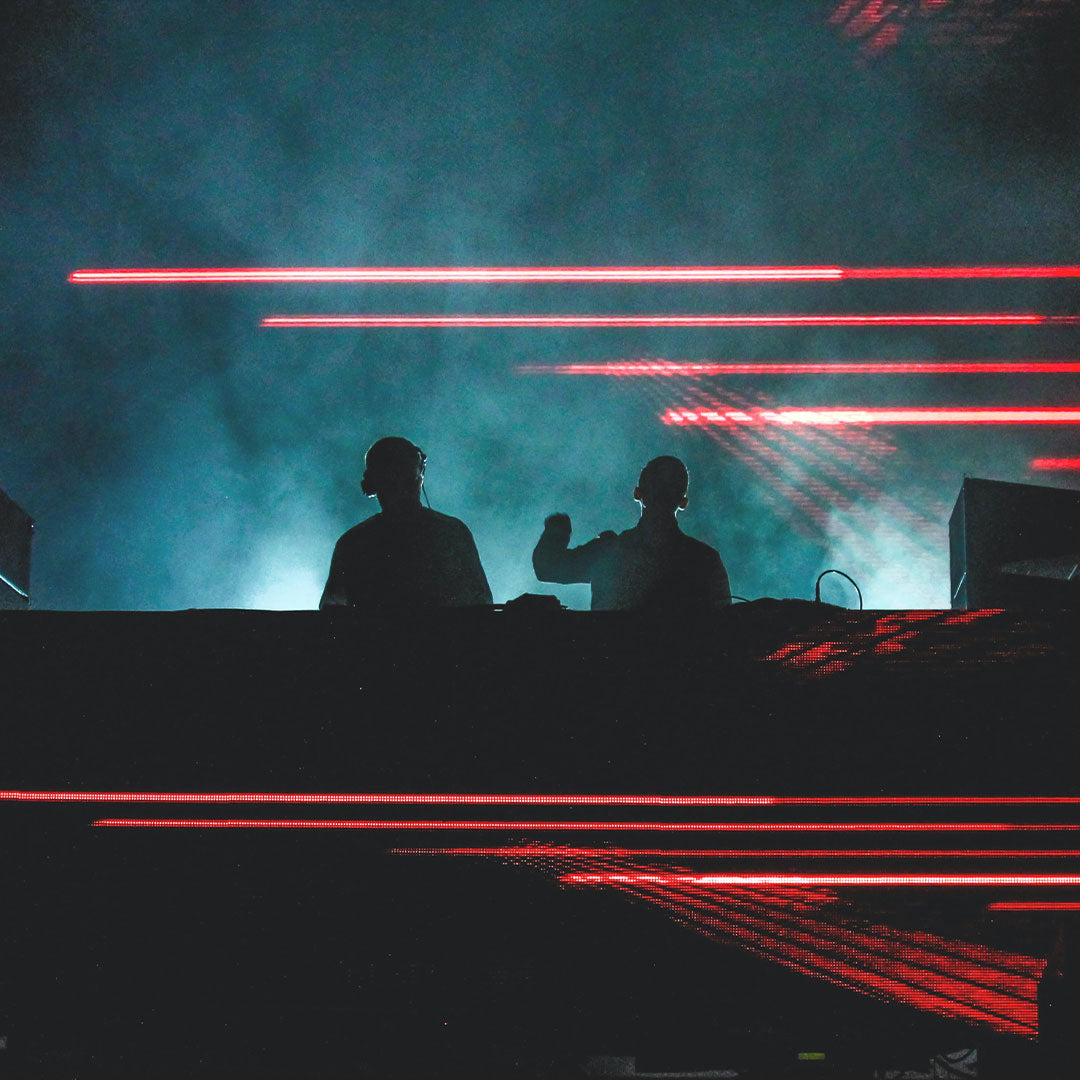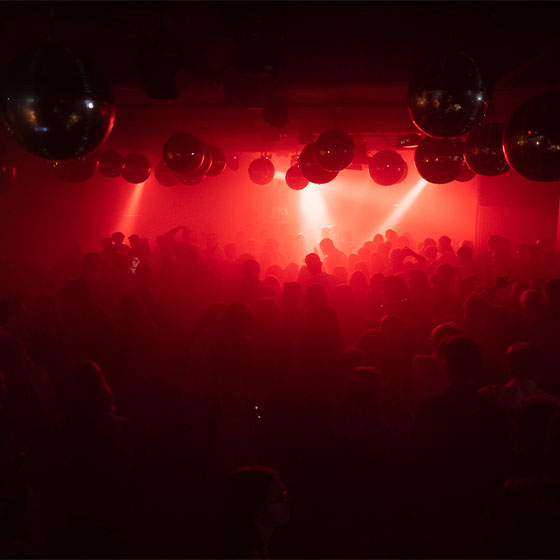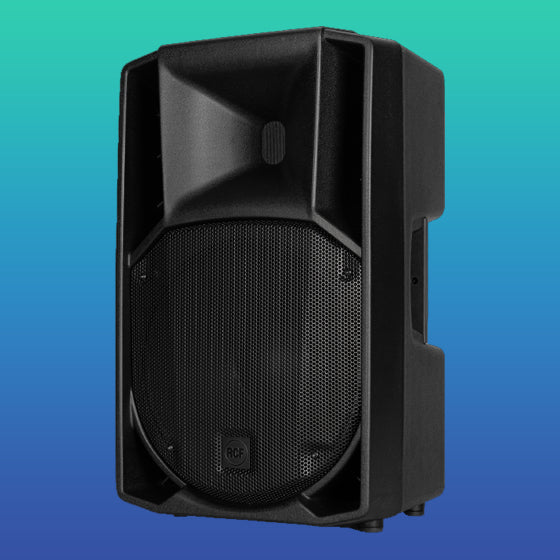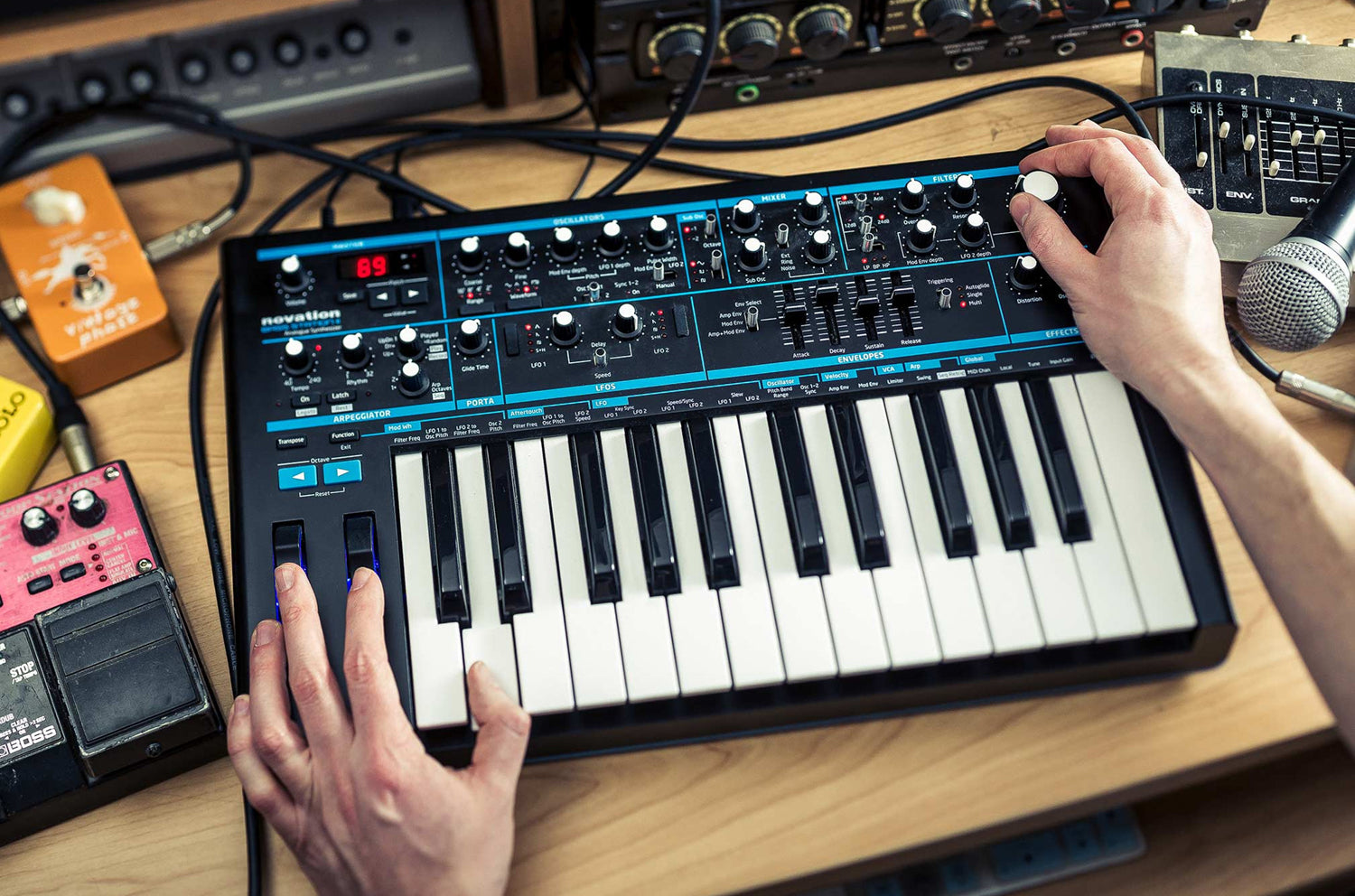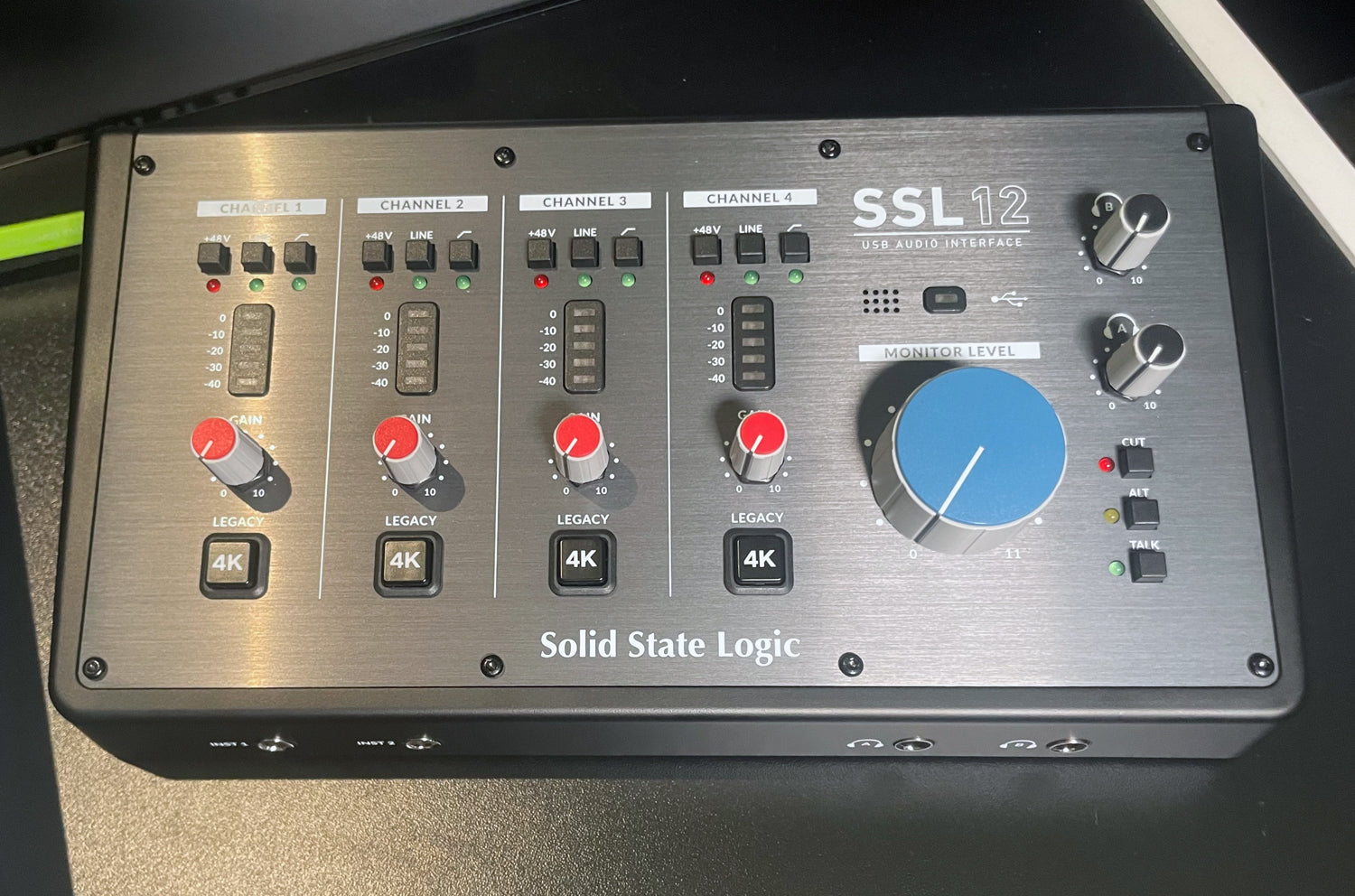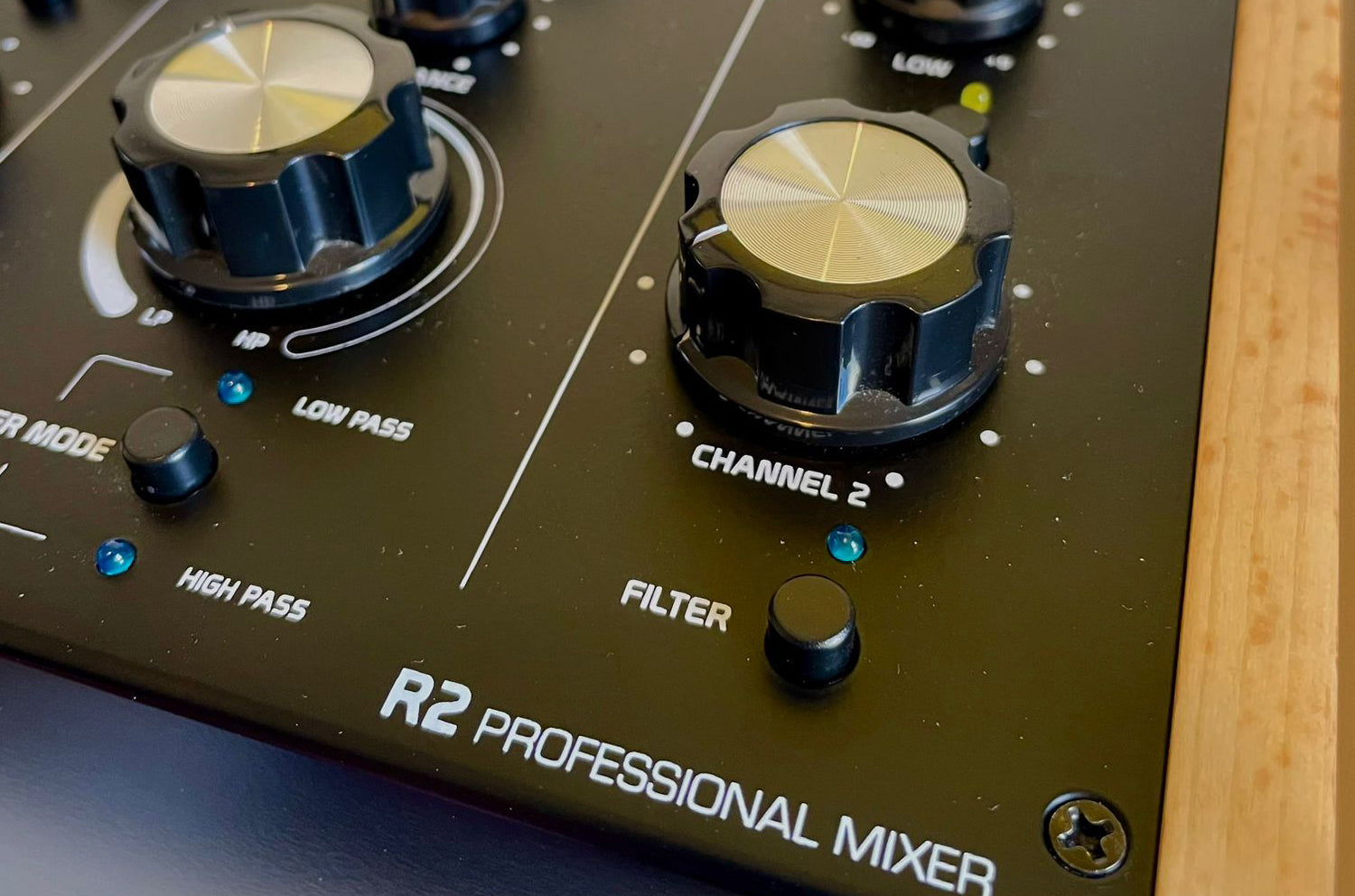A Brief Intro To Monosynths
The world of mono synthesis has expanded exponentially over the past 50 years. From the early mono synths like the infamous MOOG Model D to the current popular options that make use of digital analog recreation technology like the boutique SH101-A from Roland, mono synths have never been more readily available. Despite the rise of software synth technology in the early 2000’s & 2010’s a recent wave of producers with a lust for studio hardware has meant that manufacturers have been scrambling to release faithful recreations of their classic mono synth hardware alongside some exciting new developments in the mono synth space.
Westend Recommends
Here's a brief rundown of three monophonic synths that we recommend -
Novation BassStation II
Novation's BassStation is a small but powerful analog mono synth. Originally released in 1993, as the name suggests the BassStation is specifically designed with low end in mind. The updated BassStation II is powered by 2 analog oscillators with an additional sub oscillator for extra bottom end weight. A dedicated mixer section allows you to blend the oscillators to taste before they are piped through a selection of two very distinct analog filters. The classic multimode filter was a key part of the original units character and crunch which has remained but is now complemented with a 24db/Octave acid filter for darker sound shaping possibilities. The unit also features a dedicated sequencer and arpeggiator as well as built in distortion effects for extra dirt.

The BassStation II is a widely used and much loved synth and rightfully so. The updated feature set on the unit have ensured that the BassStation II retains all of the character of the original whilst adding some fresh features to help expand the synths capabilities and a cosign from none other than Aphex Twin cements the BassStation as a modern classic.
Korg MS20 Mini
The Legendary Korg MS20 is back. Originally released in 1978 (and discontinued in 1983) the MS20 has become somewhat of a cult classic among electronic and dance music producers. Known for its dual filters and versatile sound palette, the MS20 has been used for years to create everything from crunchy drums to soaring lead lines. So there was understandably some hype when Korg announced that they would be reissuing the MS20 in mini form back in 2013.

Introducing the MS20 Mini, a reduced scale recreation of the original MS20. Despite the unit's reduced size the sound of the unit is anything but small. The Mini uses two oscillators with the same waves and options as the original, all being sent through a recreation of the MS20’s infamous High-Pass and Low-Pass filters. Despite the original unit being discontinued over 40 years ago, Korg have tried to use components and transistors that are as close to the original unit as possible. This helps to ensure that the unit sounds on par with but at a fraction of the cost of a vintage original unit.
MOOG Minimoog Model D
The Minimoog Model D from US based synth manufacturer MOOG needs no introduction. The Model D is largely credited as the world's most recognisable and significant synthesizer and can be heard on thousands of classic recordings from Stevie Wonder's ”Superstition” to the Donna Summer anthem “I Feel Love”. Designed by legendary synth engineer Robert Moog in the late 60’s the Model D was released to the public in late 1970, the Minimoog gained the name Model D as this was the fourth design prototype (Sun Ra famously used the Model B prototype as part of his live shows in the late 60’s) that Moog company had been experimenting with. The importance of the Model D to modern music can’t be overstated, aside from being featured on countless records the Model D is also credited with spawning genres thanks to users like Kraftwerk adopting the instrument early as part of their electronic music experimentation.

The Minimoog has seen reissues before, most notably in 2016, but the recent release picks back up where the previous model left off. The 2022 model continues with a meticulous recreation of the original where all units are handcrafted in Moogs North Carolina factory. Whilst the 2022 issue doesn’t differ dramatically from the 2016 variant there has been a few subtle tweaks to improve playability, the most notable of which is a brand new spring loaded pitch wheel and improvements to the units MIDI functionality.

